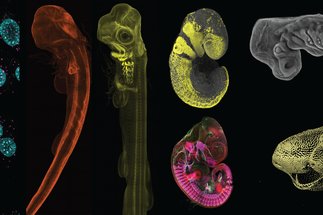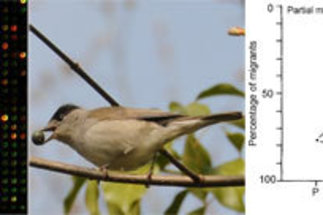Max Planck Research Groups
Max Planck Research Groups offer postdocs a first-class form of support on their scientific career path; a rigorous, centrally controlled selection process precedes the filling of group leadership positions. Here you can find an overview of the Max Planck Research Groups at our institute in Plön.




